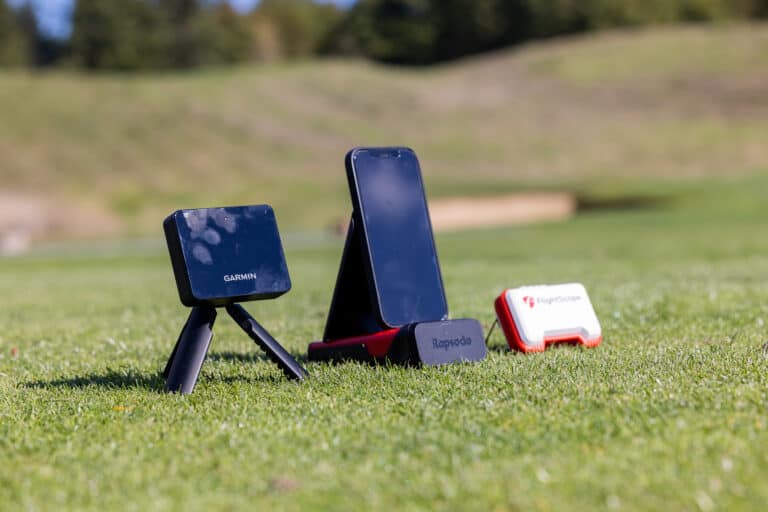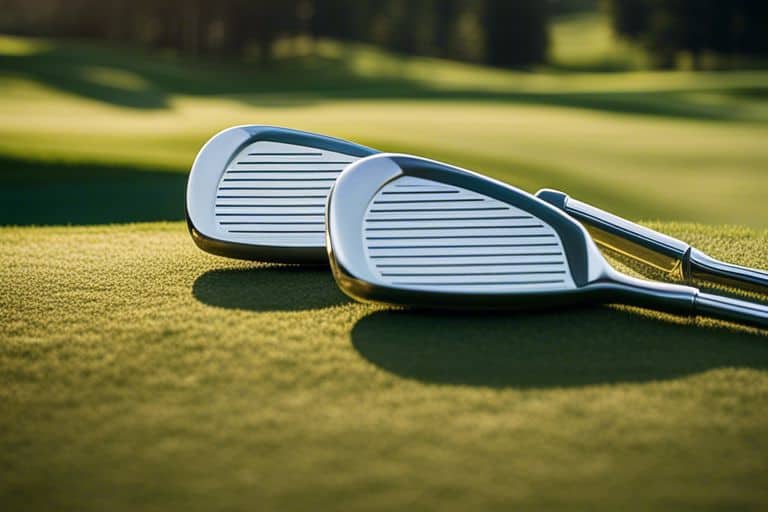How can beginners choose the right golf ball for their game?
Indubitably, selecting the right golf ball is crucial for any beginner looking to improve their game. With a plethora of options available on the market, it can be overwhelming to decide which ball is best suited for your play style and skill level. As a beginner, choosing the right golf ball can significantly impact your distance, control, and overall performance on the course. In this blog post, I will share some important factors to consider and tips to help you choose the perfect golf ball for your game.
Key Takeaways:
- Consider compression: Beginners should look for low compression golf balls, which are softer and easier to compress. This can help improve distance and control for players with slower swing speeds.
- Focus on feel and spin: Choosing a golf ball with a soft cover can provide better feel and help beginners with their short game. Additionally, selecting a ball with lower spin can reduce slices and hooks for less experienced players.
- Seek advice from a professional: For those new to the game, consulting with a golf professional or experienced player can provide valuable insights on choosing the right golf ball based on individual playing style and preferences.
Understanding Golf Ball Construction
If you’re new to the game of golf, understanding the construction of golf balls is essential in helping you choose the right one for your game. The construction of a golf ball can greatly affect its performance, so it’s important to know what goes into making a golf ball before making a purchase.
Golf Ball Layers and Performance
The construction of a golf ball typically consists of multiple layers, each of which contributes to the ball’s performance. The number and type of layers can vary from ball to ball, and understanding how these layers affect performance can help you choose a ball that suits your needs. For example, a ball with more layers may offer better control and spin, while a ball with fewer layers may provide more distance.
Core, Mantle, and Cover Differences
When it comes to golf ball construction, the core, mantle, and cover are the key components to consider. The core is the innermost layer of the ball and plays a significant role in determining the ball’s compression and feel. The mantle, located between the core and cover, helps with energy transfer and can affect spin and control. The cover, made of materials such as urethane or Surlyn, impacts the ball’s durability and feel. Understanding the differences in these components can help you choose a ball that aligns with your playing style and preferences.
Factors to Consider When Choosing a Golf Ball
Some factors to consider when choosing the right golf ball for your game include
- Swing Speed and Compression
- Spin, Control, and Feel Preferences
- Ball Construction and Dimples
. These factors can significantly impact your performance on the course and finding the right balance is crucial for optimizing your game. Though, it can be overwhelming with the wide range of options available, but with the right knowledge, you can make an informed decision.
Swing Speed and Compression
When it comes to choosing the right golf ball, one of the most important factors to consider is your swing speed and how it relates to the compression of the ball. Golf balls come in various compression ratings, which determine how much the ball will compress upon impact. If your swing speed is on the slower side, you may benefit from a lower compression ball as it will help you achieve more distance. On the other hand, if you have a faster swing speed, a higher compression ball may be more suitable for you as it will provide better control and accuracy.
Spin, Control, and Feel Preferences
Another crucial factor to consider is your spin, control, and feel preferences when choosing a golf ball. Some golfers prefer a ball with higher spin rates to better control their shots and work the ball around the course. Others may prioritize a softer feel around the greens for better touch and control. Understanding your own preferences and how different ball models cater to them is essential in making the right choice for your game. Additionally, the cover material and dimple design of the ball can also impact these aspects, so it’s important to consider these factors as well.
Golf Ball Types for Different Skill Levels
Your golf ball can have a significant impact on your performance, depending on your skill level. It’s important to understand the different types of golf balls available for beginners, as well as for intermediate and advanced players. The right golf ball can help you improve your game and achieve better results on the course. The type of golf ball you choose should suit your playing style and skill level.
Best Golf Balls for Beginners
When you are just starting out in the game of golf, it’s important to choose golf balls that are forgiving and can help you maximize distance and reduce the likelihood of slicing or hooking the ball. Look for low compression golf balls with a surlyn cover for improved durability. These golf balls are designed to help beginners achieve better distance and accuracy on the course.
Options for Intermediate and Advanced Players
As an intermediate or advanced player, you have different needs when it comes to golf balls. Consider multi-layer construction golf balls with a urethane cover for enhanced spin control and feel around the greens. These golf balls are designed to provide the optimal combination of distance and control for experienced players. Additionally, you may want to consider personalized golf balls to set your game apart from the rest and make a unique statement on the course.
| Beginners | Intermediate and Advanced Players |
|---|---|
| Low compression golf balls Surlyn cover golf balls Distance golf balls Low spin golf balls High visibility golf balls | Multi-layer construction golf balls Urethane cover golf balls Spin control golf balls High spin golf balls Personalized golf balls |
Tips for Testing and Selection
Now that you have a basic understanding of golf ball construction and how it can affect your game, it’s time to put that knowledge to the test. When it comes to testing and selecting the right golf ball for your game, there are a few key tips to keep in mind:
- Experiment with different brands and models to find the right fit for your swing and playing style.
- Consider the performance attributes that are most important to you, such as distance, control, spin, and feel.
- Pay attention to how different golf balls respond to your swing and how they behave on the course.
- Consult with How to Choose the Best Golf Ball for Your Game for additional insights and recommendations.
Assume that finding the right golf ball will require some experimentation and may take some time, but the results will be well worth the effort.
How to Test Golf Balls on the Course
When you’re ready to test out different golf balls on the course, start by selecting a set of balls that you’re interested in trying. Then, play a round with each type of ball, paying close attention to how they perform in different situations. From tee to green, take note of how each ball responds to your swing and interacts with the course conditions. This hands-on testing will give you a better sense of which golf ball is best suited to your game.
When to Consult with a Professional
If you’re feeling overwhelmed by the process of selecting the right golf ball for your game, don’t hesitate to seek the guidance of a professional. A knowledgeable golf instructor or club fitter can provide valuable insights and recommendations based on your individual swing characteristics and playing style. Their expertise can help you make an informed decision that will ultimately improve your performance on the course.
Summary of Key Points
As a beginner, choosing the right golf ball for your game can seem like a daunting task, but with the right approach, it can be a rewarding experience. Experimenting with different brands and models, testing on the course, and seeking professional advice are all key steps in the selection process. Ultimately, finding the right golf ball will enhance your overall playing experience and help you achieve better results on the course.
Encouragement to Experiment and Enjoy the Game
As you navigate the process of choosing the right golf ball for your game, I encourage you to approach it as an opportunity to experiment and enjoy the game even more. Embrace the process of testing different golf balls and appreciate the unique characteristics that each one offers. By taking the time to find the perfect fit for your game, you’ll be setting yourself up for success and a more enjoyable golfing experience in the long run.



